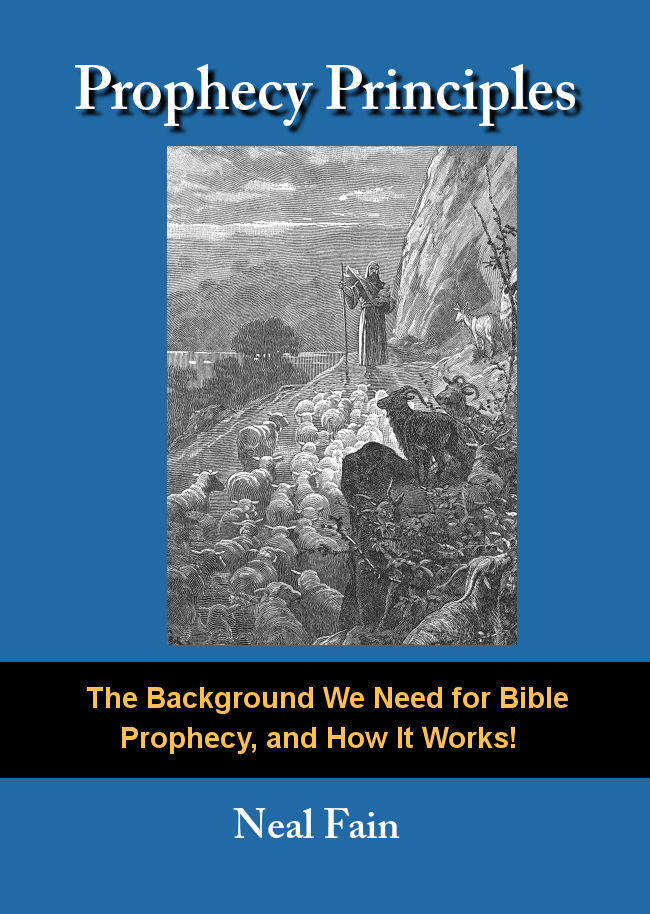There are other words that also used for symbolism in Scripture. There are parables such as Jesus used. Some of the literal commands of the Old Testament which were intended to be symbolic of spiritual truths are sometimes called “shadows.”
“For the law having a shadow of good things to come, and not the very image of the things, can never with those sacrifices which they offered year by year continually make the comers thereunto perfect.” Heb 10:1 KJV
Words for a pattern/ example/ copy are also used .
“who serve a copy and shadow of the heavenly things, …” Heb 8:5 WEB
It was clearly known that sometimes prophetic authors spoke in the first person of someone else! An easy to see example of this is David in writing Psalm 22. The entire psalm is written in the first person, but it describes things which never happened to David. David speaks in the first person of being murdered by “strong bulls,” by “dogs.” He speaks of having his hands and his feet pierced, and says they divided his clothes among them. None of which happened to David. David died in bed, of natural causes, at an old age. However, these same things did happen to Jesus of Nazareth. So here we have the prophet David writing in the first person, of things would happen to Jesus a thousand years later.

Also the word type (the Greek word is “tupos”) was also used. In Rom 5:14 Paul says that Adam was a type of the Christ. That is the way the New American Standard 1995 ed., and the English Standard Version translates it, and the KJV translates it as a “figure,” and the WEB translates it as a “foreshadowing.” The King James Version often translates the Greek word “tupos” as an “example” or “pattern.”
Also Peter speaks of the waters of baptism as an “anti-type” (the Greek is “antitupos,” that is to say, the fulfillment) corresponding to the waters that floated Noah’s ark to safety, and calls it “the like figure.”
“The like figure whereunto even baptism doth also now save us (not the putting away of the filth of the flesh, but the answer of a good conscience toward God,) by the resurrection of Jesus Christ:” 1Peter 3:21 KJV
A logical next question is whether anyone realized these things in Bible times? The answer is yes. For instance the Ethiopian eunuch when discussing Isaiah 53 with Phillip asked,
“The eunuch answered Philip, “Who is the prophet talking about? About himself, or about someone else?” ” Acts 8:34 WEB
Or take the situation of John the Baptism when he was in prison.
“Now when John had heard in the prison the works of Christ, he sent two of his disciples, And said unto him, Art thou he that should come, or do we look for another?” Mtt 11:2-3 KJV
In other words, he is asking Jesus whether he is the Messiah which is to come, or is he just another type, another who is symbolic of the one who is come?
KJV is the King James Version, 1611.
WEB is the World English Bible, is a copyright free revision of the original ASV American Standard Version 1901
